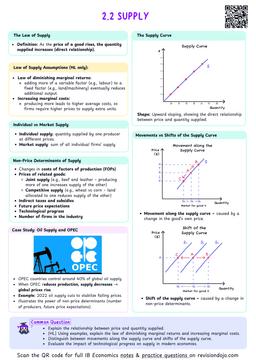Current Account Deficit
A high number of imbalances in balance of payments occur due to current account deficits, specifically the excess of imports over exports in long time periods.
NoteEven though cyclic current account deficits and current account surpluses do not pose problems, in the long run, it can cause multiple consequences.
- Recall, from 4.6.3 and 4.6.4, where we discussed the relationship between current account and financial account.
- Current account deficits are offset by financial account surpluses. Especially in the long run, the central bank will not have foreign currency or other forms of reserve assets it can sell to demand the currency.
Sales or borrowing of assets can be problematic if done for a long time, which are pointed out below.
Consequences of Current Account Deficit
Depreciating Exchange Rate
- Current account deficits causes a downward pressure on the exchange rate, leading to depreciation of the currency.
- Large levels of such depreciation can cause inflation for imports (imported inflation).
- Also, if there is further risk of depreciation, the downward pressure increases in multitudes as individuals would not want to hold onto the currency and will start selling them off.
- This increases the supply of the currency and thus, cause even further depreciation.
High Interest Rates
- If the country struggles to acquire further reserve assets through loans or sales to counteract the current account deficits, it may need to increase its interest rates.
- By increasing the interest rates, it makes the country attractive for foreign direct investments as there is a higher return.
- Though, it can severely impact and reduce domestic investment and spending in the economy (contractionary monetary policy effects), possibly even causing a recession.
Foreign ownership of domestic assets
- In order to acquire further reserve assets to achieve a financial account surplus, countries could be made to sell their domestic assets to foreign entities or individuals.
- Such assets include: stocks in stock markets, bonds, land, factories, etc.
- This could lead to a loss of control over its own assets.
High Debt
Risk of Default
The risk of not being able to pay accumulating debt back when country is borrowing for long periods of time.
- In this case, the risk of default happens in an attempt to offset the current account deficit.
- The risk of default lead to the following:
- significant currency depreciation


